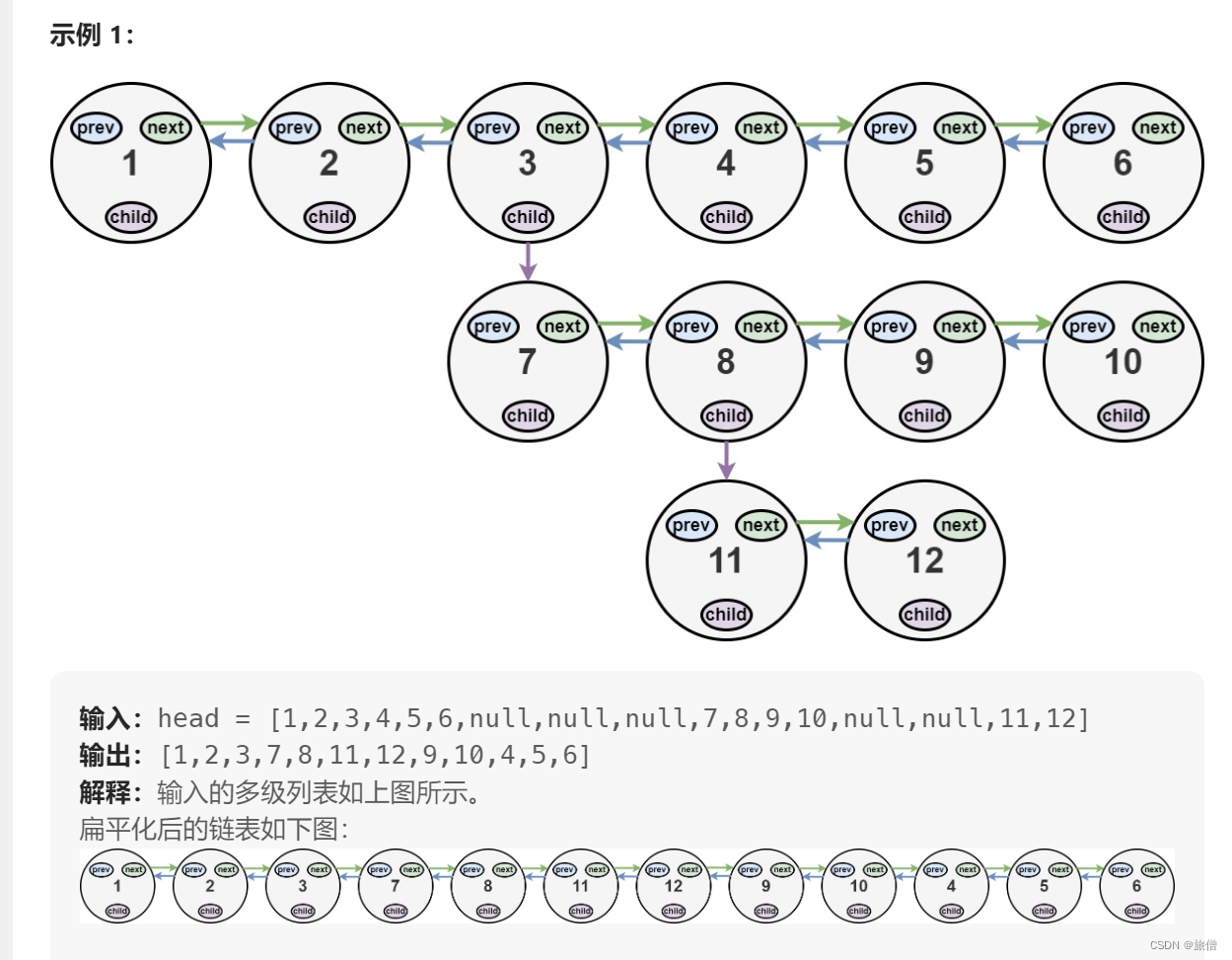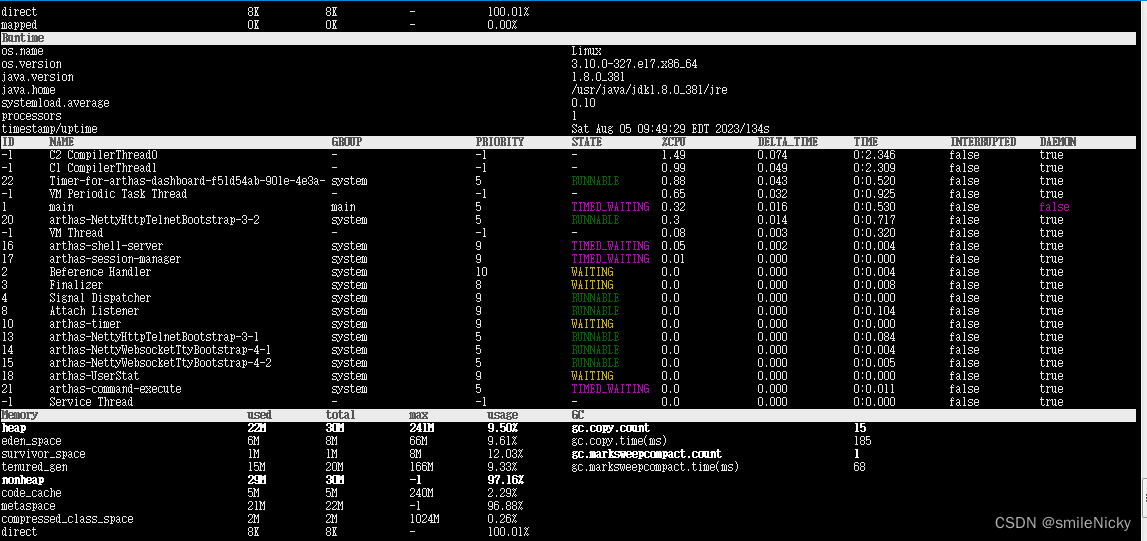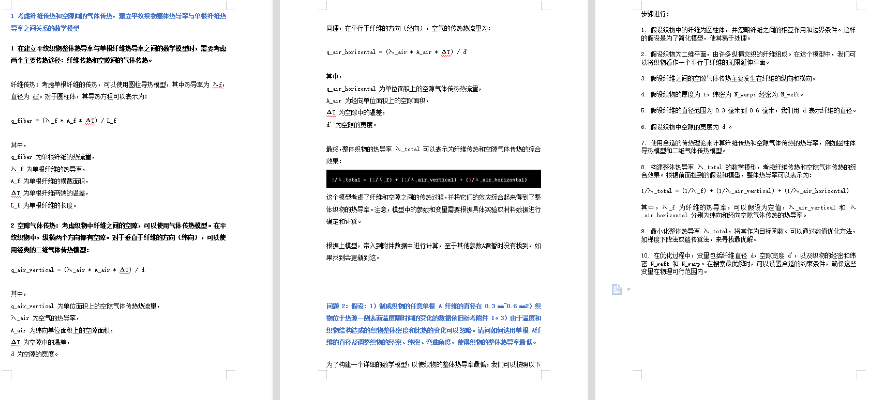boost beast http client
boost http server
boost beast 是一个非常好用的库,带上boost的协程,好很多东西是比较好用的,以下程序使用四个线程开启协程处理进入http协议处理。协议支持http get 和 http post
#include <boost/beast/core.hpp>
#include <boost/beast/http.hpp>
#include <boost/beast/version.hpp>
#include <boost/asio/ip/tcp.hpp>
#include <boost/asio/spawn.hpp>
#include <boost/config.hpp>
#include <algorithm>
#include <cstdlib>
#include <iostream>
#include <memory>
#include <string>
#include <thread>
#include <vector>
namespace beast = boost::beast; // from <boost/beast.hpp>
namespace http = beast::http; // from <boost/beast/http.hpp>
namespace net = boost::asio; // from <boost/asio.hpp>
using tcp = boost::asio::ip::tcp; // from <boost/asio/ip/tcp.hpp>
#undef BOOST_BEAST_VERSION_STRING
#define BOOST_BEAST_VERSION_STRING "qbversion1.1"
// Return a reasonable mime type based on the extension of a file.
beast::string_view
mime_type(beast::string_view path)
{
using beast::iequals;
auto const ext = [&path]
{
auto const pos = path.rfind(".");
if(pos == beast::string_view::npos)
return beast::string_view{};
return path.substr(pos);
}();
if(iequals(ext, ".htm")) return "text/html";
if(iequals(ext, ".html")) return "text/html";
if(iequals(ext, ".php")) return "text/html";
if(iequals(ext, ".css")) return "text/css";
if(iequals(ext, ".txt")) return "text/plain";
if(iequals(ext, ".js")) return "application/javascript";
if(iequals(ext, ".json")) return "application/json";
if(iequals(ext, ".xml")) return "application/xml";
if(iequals(ext, ".swf")) return "application/x-shockwave-flash";
if(iequals(ext, ".flv")) return "video/x-flv";
if(iequals(ext, ".png")) return "image/png";
if(iequals(ext, ".jpe")) return "image/jpeg";
if(iequals(ext, ".jpeg")) return "image/jpeg";
if(iequals(ext, ".jpg")) return "image/jpeg";
if(iequals(ext, ".gif")) return "image/gif";
if(iequals(ext, ".bmp")) return "image/bmp";
if(iequals(ext, ".ico")) return "image/vnd.microsoft.icon";
if(iequals(ext, ".tiff")) return "image/tiff";
if(iequals(ext, ".tif")) return "image/tiff";
if(iequals(ext, ".svg")) return "image/svg+xml";
if(iequals(ext, ".svgz")) return "image/svg+xml";
return "application/text";
}
// Append an HTTP rel-path to a local filesystem path.
// The returned path is normalized for the platform.
std::string
path_cat(
beast::string_view base,
beast::string_view path)
{
if(base.empty())
return std::string(path);
std::string result(base);
#ifdef BOOST_MSVC
char constexpr path_separator = '\\';
if(result.back() == path_separator)
result.resize(result.size() - 1);
result.append(path.data(), path.size());
for(auto& c : result)
if(c == '/')
c = path_separator;
#else
char constexpr path_separator = '/';
if(result.back() == path_separator)
result.resize(result.size() - 1);
result.append(path.data(), path.size());
#endif
return result;
}
// This function produces an HTTP response for the given
// request. The type of the response object depends on the
// contents of the request, so the interface requires the
// caller to pass a generic lambda for receiving the response.
template<
class Body, class Allocator,
class Send>
void
handle_request(
beast::string_view doc_root,
http::request<Body, http::basic_fields<Allocator>>&& req,
Send&& send)
{
// Returns a bad request response
auto const bad_request =
[&req](beast::string_view why)
{
http::response<http::string_body> res{http::status::bad_request, req.version()};
res.set(http::field::server, BOOST_BEAST_VERSION_STRING);
res.set(http::field::content_type, "text/html");
res.keep_alive(req.keep_alive());
res.body() = std::string(why);
res.prepare_payload();
return res;
};
// Returns a not found response
auto const not_found =
[&req](beast::string_view target)
{
http::response<http::string_body> res{http::status::not_found, req.version()};
res.set(http::field::server, BOOST_BEAST_VERSION_STRING);
res.set(http::field::content_type, "text/html");
res.keep_alive(req.keep_alive());
res.body() = "The resource '" + std::string(target) + "' was not found.";
res.prepare_payload();
return res;
};
// Returns a server error response
auto const server_error =
[&req](beast::string_view what)
{
http::response<http::string_body> res{http::status::internal_server_error, req.version()};
res.set(http::field::server, BOOST_BEAST_VERSION_STRING);
res.set(http::field::content_type, "text/html");
res.keep_alive(req.keep_alive());
res.body() = "An error occurred: '" + std::string(what) + "'";
res.prepare_payload();
return res;
};
// Make sure we can handle the method
if (req.method() != http::verb::get &&
req.method() != http::verb::head)
{
if (req.method() == http::verb::post)
{
std::cout << req.target() << std::endl;
/* string body = req.body();
std::cout << "the body is " << body << std::endl;*/
std::string lines = req.body();
std::cout << lines << std::endl;
http::response<http::empty_body> res{ http::status::ok, req.version() };
res.set(http::field::server, BOOST_BEAST_VERSION_STRING);
res.set(http::field::content_type, mime_type("./"));
res.content_length(0);
res.keep_alive(req.keep_alive());
return send(std::move(res));
//return send(bad_request("Unknown HTTP-method"));
}
else
{
std::cerr << "unknown http method\n";
return send(bad_request("Unknown HTTP-method"));
}
}
// Request path must be absolute and not contain "..".
if( req.target().empty() ||
req.target()[0] != '/' ||
req.target().find("..") != beast::string_view::npos)
return send(bad_request("Illegal request-target"));
// Build the path to the requested file
std::string path = path_cat(doc_root, req.target());
if(req.target().back() == '/')
path.append("index.html");
// Attempt to open the file
beast::error_code ec;
http::file_body::value_type body;
body.open(path.c_str(), beast::file_mode::scan, ec);
// Handle the case where the file doesn't exist
if(ec == beast::errc::no_such_file_or_directory)
return send(not_found(req.target()));
// Handle an unknown error
if(ec)
return send(server_error(ec.message()));
// Cache the size since we need it after the move
auto const size = body.size();
// Respond to HEAD request
if(req.method() == http::verb::head)
{
http::response<http::empty_body> res{http::status::ok, req.version()};
res.set(http::field::server, BOOST_BEAST_VERSION_STRING);
res.set(http::field::content_type, mime_type(path));
res.content_length(size);
res.keep_alive(req.keep_alive());
return send(std::move(res));
}
// Respond to GET request
http::response<http::file_body> res{
std::piecewise_construct,
std::make_tuple(std::move(body)),
std::make_tuple(http::status::ok, req.version())};
res.set(http::field::server, BOOST_BEAST_VERSION_STRING);
res.set(http::field::content_type, mime_type(path));
res.content_length(size);
res.keep_alive(req.keep_alive());
return send(std::move(res));
}
//------------------------------------------------------------------------------
// Report a failure
void
fail(beast::error_code ec, char const* what)
{
std::cerr << what << ": " << ec.message() << "\n";
}
// This is the C++11 equivalent of a generic lambda.
// The function object is used to send an HTTP message.
struct send_lambda
{
beast::tcp_stream& stream_;
bool& close_;
beast::error_code& ec_;
net::yield_context yield_;
send_lambda(
beast::tcp_stream& stream,
bool& close,
beast::error_code& ec,
net::yield_context yield)
: stream_(stream)
, close_(close)
, ec_(ec)
, yield_(yield)
{
}
template<bool isRequest, class Body, class Fields>
void
operator()(http::message<isRequest, Body, Fields>&& msg) const
{
// Determine if we should close the connection after
close_ = msg.need_eof();
// We need the serializer here because the serializer requires
// a non-const file_body, and the message oriented version of
// http::write only works with const messages.
http::serializer<isRequest, Body, Fields> sr{msg};
http::async_write(stream_, sr, yield_[ec_]);
}
};
// Handles an HTTP server connection
void
do_session(
beast::tcp_stream& stream,
std::shared_ptr<std::string const> const& doc_root,
net::yield_context yield)
{
bool close = false;
beast::error_code ec;
// This buffer is required to persist across reads
beast::flat_buffer buffer;
// This lambda is used to send messages
send_lambda lambda{stream, close, ec, yield};
for(;;)
{
// Set the timeout.
stream.expires_after(std::chrono::seconds(30));
// Read a request
http::request<http::string_body> req;
http::async_read(stream, buffer, req, yield[ec]);
if(ec == http::error::end_of_stream)
break;
if(ec)
return fail(ec, "read");
// Send the response
handle_request(*doc_root, std::move(req), lambda);
if(ec)
return fail(ec, "write");
if(close)
{
// This means we should close the connection, usually because
// the response indicated the "Connection: close" semantic.
break;
}
}
// Send a TCP shutdown
stream.socket().shutdown(tcp::socket::shutdown_send, ec);
// At this point the connection is closed gracefully
}
//------------------------------------------------------------------------------
// Accepts incoming connections and launches the sessions
void
do_listen(
net::io_context& ioc,
tcp::endpoint endpoint,
std::shared_ptr<std::string const> const& doc_root,
net::yield_context yield)
{
beast::error_code ec;
// Open the acceptor
tcp::acceptor acceptor(ioc);
acceptor.open(endpoint.protocol(), ec);
if(ec)
return fail(ec, "open");
// Allow address reuse
acceptor.set_option(net::socket_base::reuse_address(true), ec);
if(ec)
return fail(ec, "set_option");
// Bind to the server address
acceptor.bind(endpoint, ec);
if(ec)
return fail(ec, "bind");
// Start listening for connections
acceptor.listen(net::socket_base::max_listen_connections, ec);
if(ec)
return fail(ec, "listen");
for(;;)
{
tcp::socket socket(ioc);
acceptor.async_accept(socket, yield[ec]);
if(ec)
fail(ec, "accept");
else
net::spawn(
acceptor.get_executor(),
std::bind(
&do_session,
beast::tcp_stream(std::move(socket)),
doc_root,
std::placeholders::_1));
}
}
int main(int argc, char* argv[])
{
auto const address = net::ip::make_address("0.0.0.0");
auto const port = static_cast<unsigned short>(std::atoi("8080"));
auto const doc_root = std::make_shared<std::string>("./");
auto const threads = std::max<int>(1, std::atoi("4"));
// The io_context is required for all I/O
net::io_context ioc{threads};
// Spawn a listening port
net::spawn(ioc,
std::bind(
&do_listen,
std::ref(ioc),
tcp::endpoint{address, port},
doc_root,
std::placeholders::_1));
// Run the I/O service on the requested number of threads
std::vector<std::thread> v;
v.reserve(threads - 1);
for(auto i = threads - 1; i > 0; --i)
v.emplace_back(
[&ioc]
{
ioc.run();
});
ioc.run();
return EXIT_SUCCESS;
}
python post 测试
post 客户端
import json
import requests
import time
headers = {'Content-Type': 'application/json'}
data = {
"projectname":"four screen",
"picnum":8,
"memo":"test"
}
try:
r = requests.post("http://127.0.0.1:8080/test", json=data, headers=headers)
print(r.text)
except requests.exceptions.ConnectionError:
print('connectionError')
time.sleep(1)
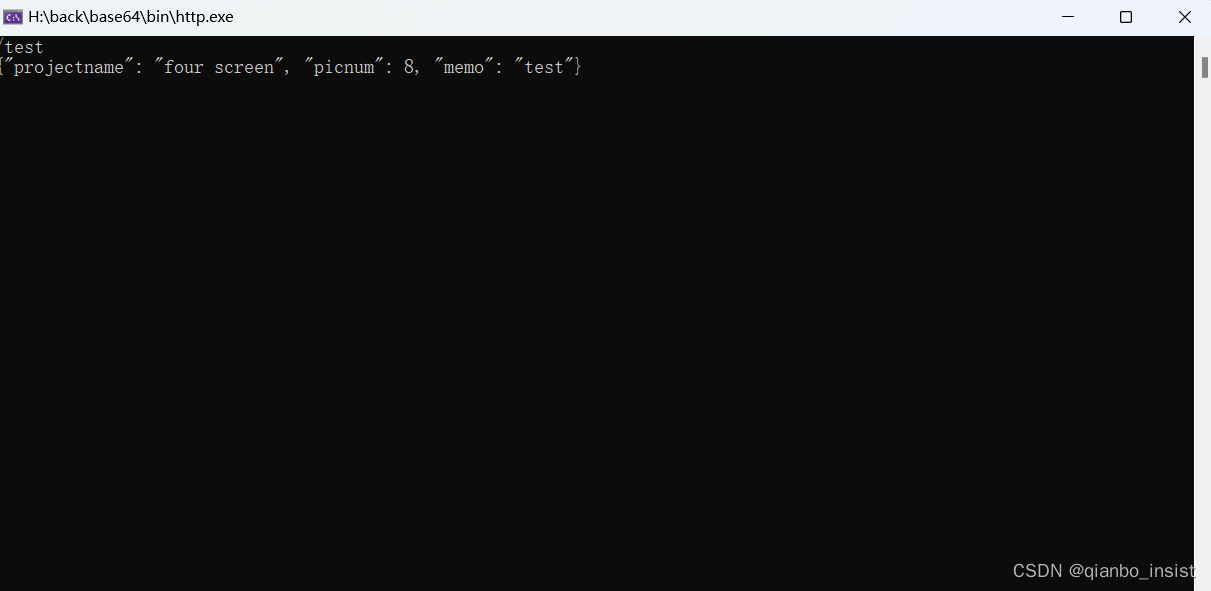
get
用浏览器就行,写一个http index.html
浏览器打开8080 端口
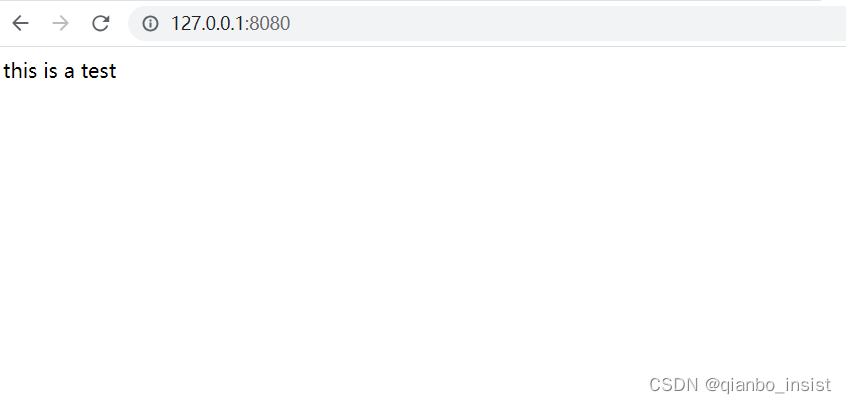
下载文件
直接可以下载文件,比如放入一个rar压缩文件,也就是完成了一个http file server,也是可以接收post 数据,后面可以自行扩展
websocket
可以看我另外一个文章boost bease websocket协议

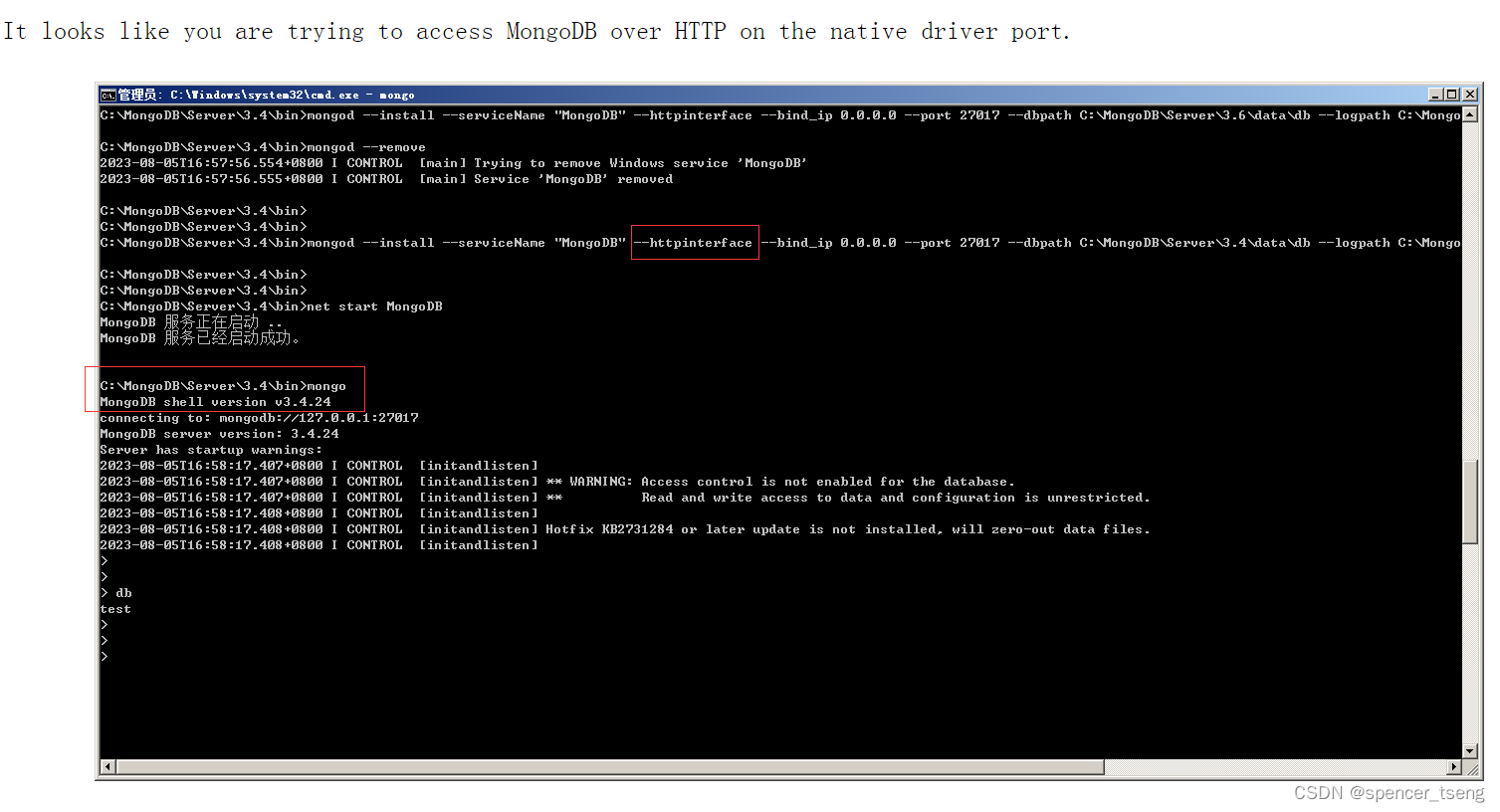
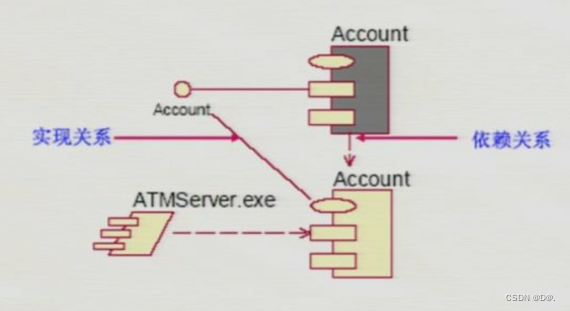
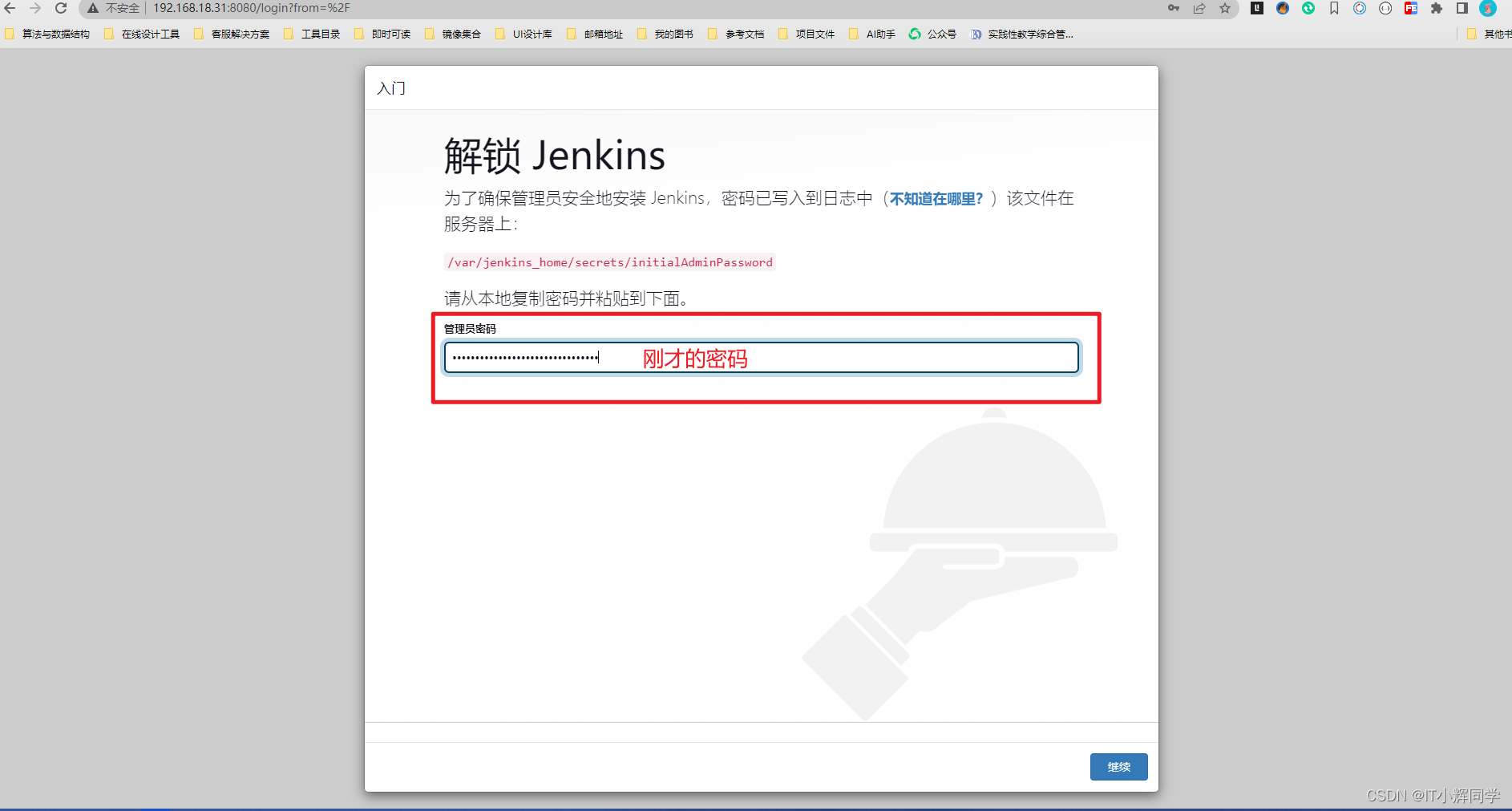



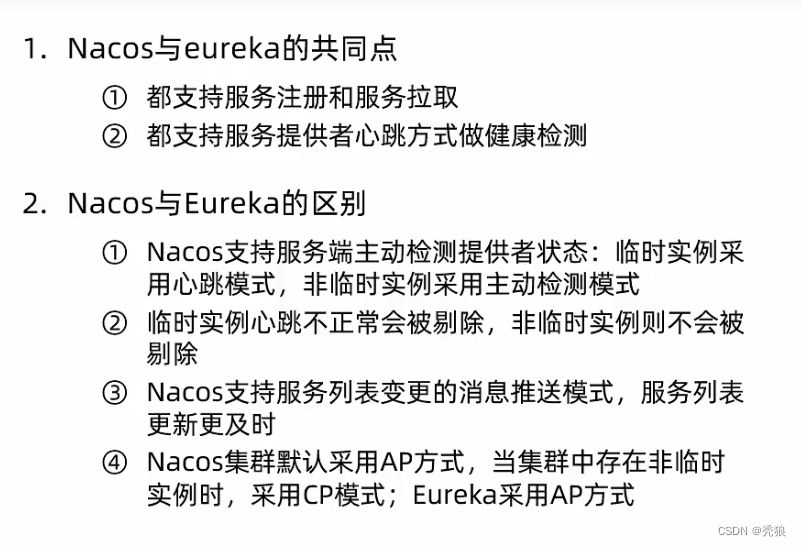
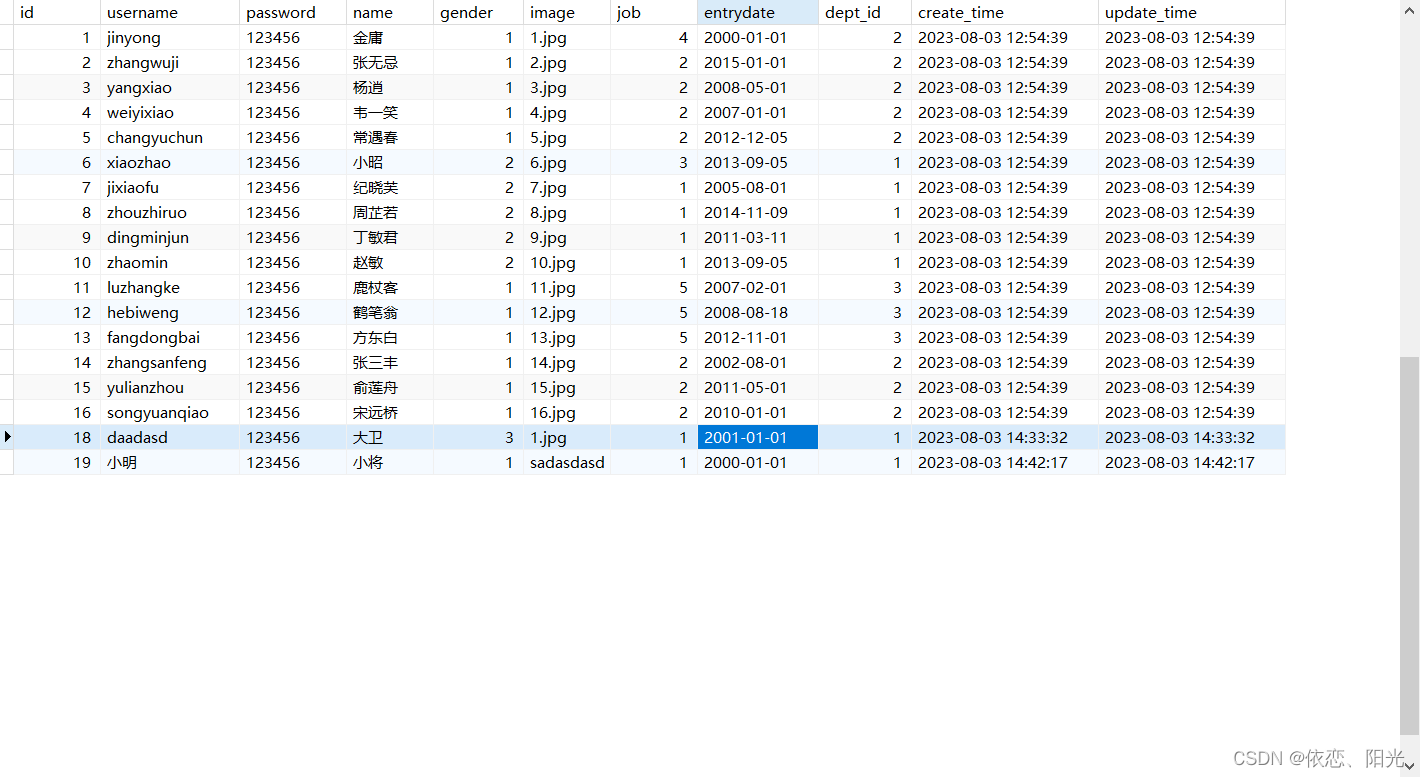

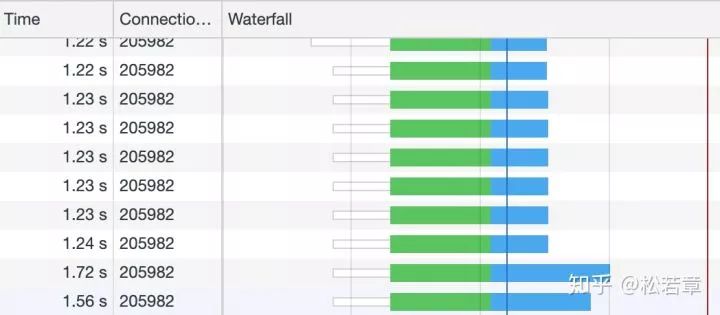
![[Docker实现测试部署CI/CD----相关服务器的安装配置(2)]](https://img-blog.csdnimg.cn/dd0fb3641ac34319b2e118e7082e0e02.png)


